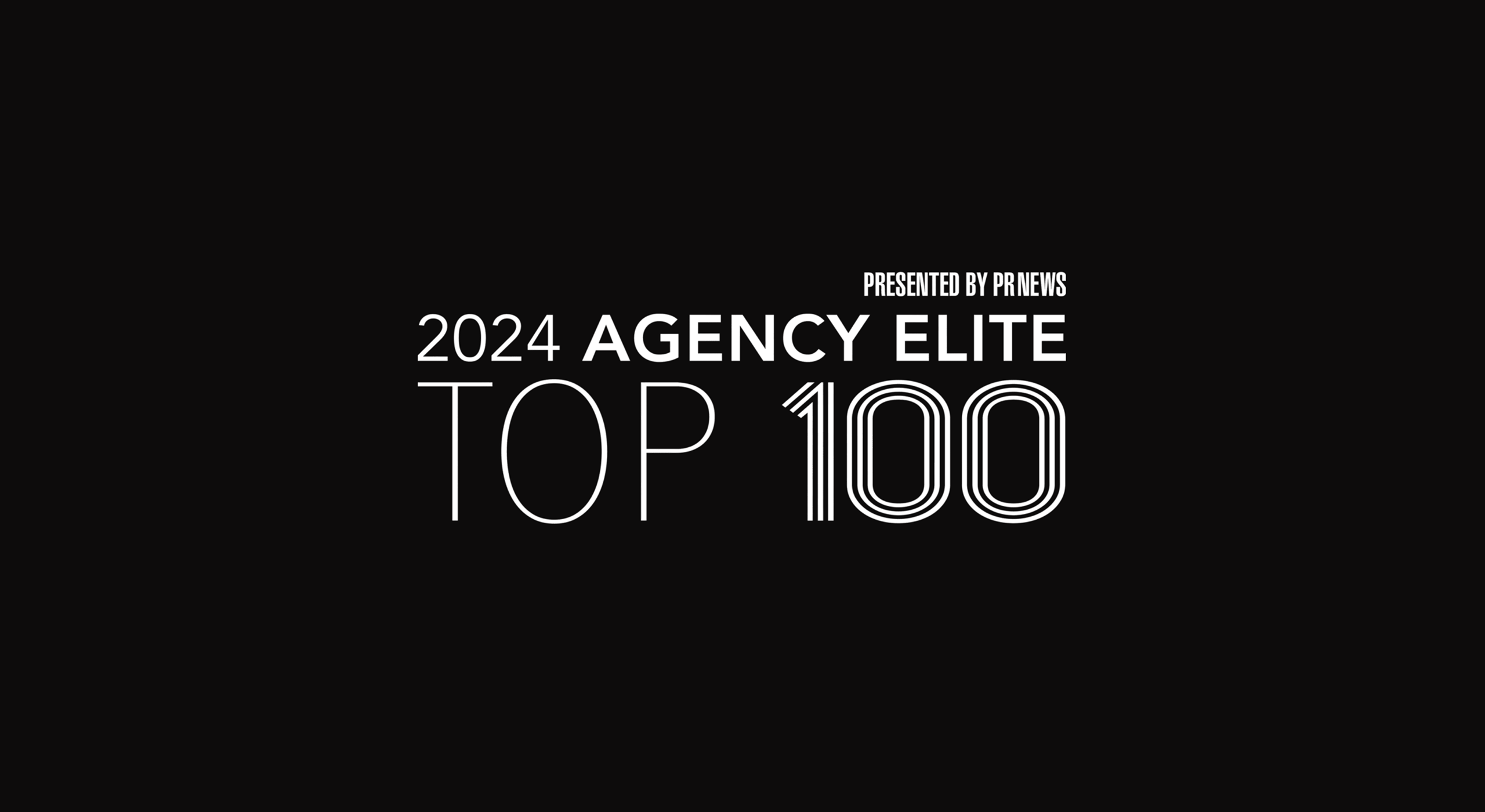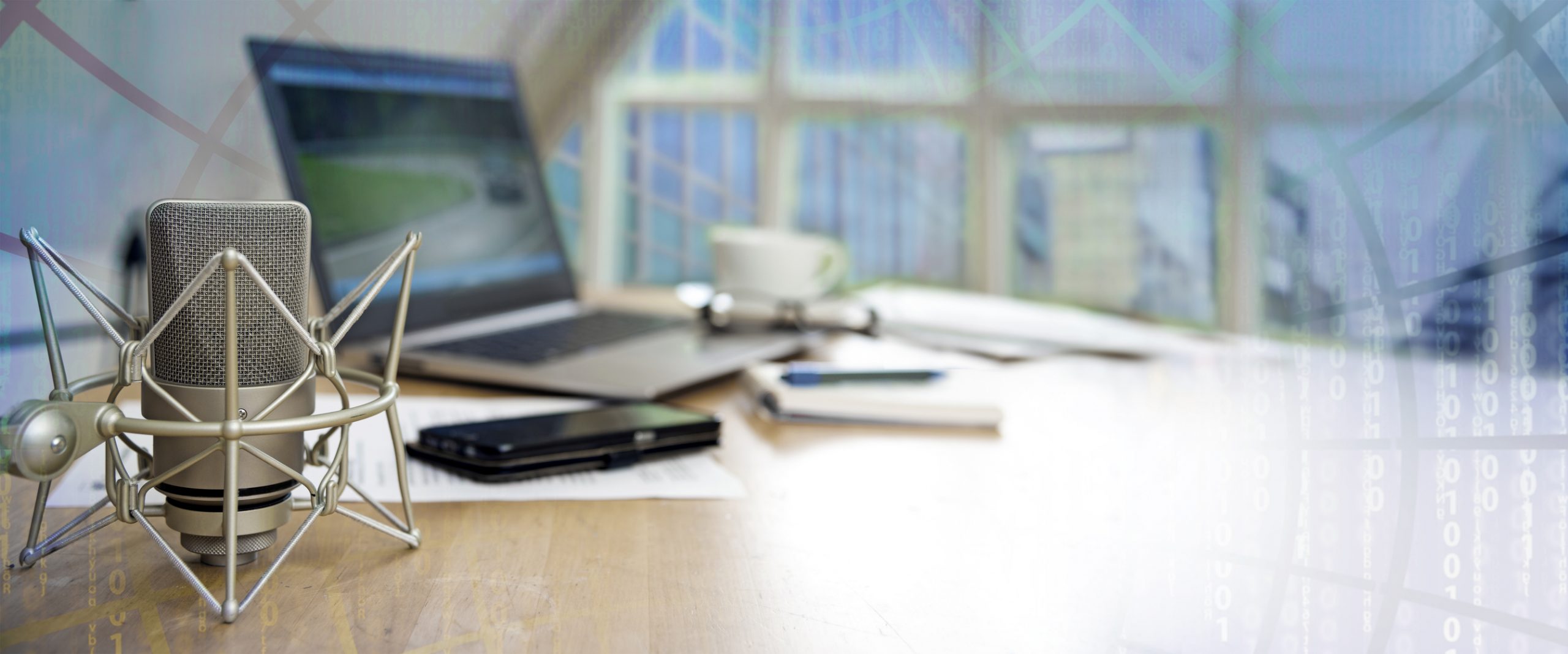
How to Nail Your At-Home Media Interview
By: Erin Robinson
Like many industries, TV news and entertainment has evolved to meet the requirements of social distancing. Late-night talk show hosts are performing from their kitchens. News anchors and expert sources are interviewing from their home offices.
Just a few short weeks ago, we were prepping our clients to be comfortable and ready to be interviewed in a studio full of cameras and bright lights. Now, we’re providing guidance and technical support so they’re ready to converse with media via their laptop. For example, we secured several placements on behalf of client Albion College as part of their Michigan 2020 Promise Scholarship announcement, including this interview with FOX 2.
For those of us working in media relations, this is the new normal as we navigate the COVID-19 pandemic. Zoom, Skype and FaceTime have become essential tools for TV news stations to conduct interviews at-home. Interview subjects and expert sources need to be ready to communicate effectively during this unique moment in time.
To ensure our clients are prepared and ready, we’ve developed and deployed the following best practices for nailing digital interviews. Here are a few of our key tips and recommendations.
Pre-Interview Preparation
First, you must have the station’s preferred video conferencing software downloaded to a laptop, tablet or mobile device.
From our experience, Zoom has served as the preferred platform for broadcast outlets. However, with so many options available, it’s important to clarify which video conference software will be used for the interview. Always ask the newsroom in advance and prepare the spokesperson accordingly.
The COVID-19 crisis has forced a rapid digital evolution within many companies. It’s also clear that not all interview subjects are tech-savvy. We always advocate test runs of video software to not only address any technical issues in advance, but also improve the interview subject’s comfort level. Make sure to give yourself plenty of time to learn how to use the software, so you’re ready long before the interview begins.
The last pre-interview activity is a media relations best practice that has not changed due to the pandemic: the need for talking points. Interview subjects need to be ready with their key discussion points, as well as reactive responses to inbound questions. It’s vital to review those points carefully before the interview, ensuring you can speak on behalf of them without referencing your notes.
One item unique to digital interviews is the lag time that may come with a video conference platform. Allow a pause before responding to the interviewer as not to talk over them. You may need to practice this during your initial test run.
The Importance of Framing, Lighting and Sound
Specific techniques can enhance the quality of your interview. Start by positioning your body in the center of the frame displaying yourself from the shoulders up with your webcam pointing straight at you. This placement will provide a reasonable distance between you and the camera, so you’re not uncomfortably close, and viewers can easily see your facial expressions.
It’s important to eliminate any distracting sounds. Background noise can detract from the content and possibly lead to embarrassing gaffes. Eliminate all nearby sounds by turning off the television, muting any potential background music and removing additional voices. If you live with family members or have roommates, be sure to warn them before your interview, so they don’t contribute to any excessive noise. It might also be worth locking the door to the room where your interview is taking place.
Lastly, lighting is an incredibly important aspect when developing a high-quality video with reduced graininess. While interviewing, position yourself in a well-lit area to decrease any dramatic shadows. Try to avoid having open windows directly in the shot, as a bright, sunny day can interfere with the image quality and lighting on your face. A neutral, flat-color background is the easiest to control lighting. This plain background, along with a tidy home office, is an appropriate setting for any at-home TV interview. For additional lighting support, we recommend a small investment in a home lighting rig like this light ring option from Amconsure.
During the Interview
Although you’re at home, many of the recommendations we would share with clients before heading into the studio still apply.
First, you want to dress the part for a TV interview. This attire probably won’t include a full suit if you’re standing in your kitchen working from home, for that would make the interview feel disingenuous during a government “Stay at Home” order. Most likely, it may include a collared shirt, sweater, blazer, blouse, etc., but avoid wearing all black, all white or a busy pattern. Neutral tones or light pastels are much better options. We’re seeing a lot of outfits blending between business and business casual.
It’s also critical to remove all distractions during the interview. Set your cell phone aside, moving it out of the shot, and turn it on silent. Close any messaging platforms, including email, so notifications are turned off. You won’t be able to mute your device during the interview, so these applications must be completely closed to stay silent.
When the interview starts, look into the camera, not at the producer or anchor. If your eyes are focused on the interviewer, audience members may get distracted and start wondering where you’re looking. If you’re known to look at yourself during a video conference, we suggest you turn that feature off before the interview begins.
When Video Just Doesn’t Work
If you’re still feeling nervous, there are other options. You can perform an over-the-phone audio-only interview, where no one will see you, and you can reference your notes. Just be sure to avoid reading word-for-word and sounding scripted.
Additionally, some broadcast news stations provide the option to perform audio-only interviews over photos or b-roll. If this seems like a better fit for your interview personality, reach out to the station and inquire if it’s an option.
You Got This
These best practices have produced dozens of successful at-home TV interviews during the recent pandemic, and will still apply to any future interviews conducted over video conference services. When applied, they will not only enhance the quality of your video interview but create a memorable performance that leads to a successful segment.



